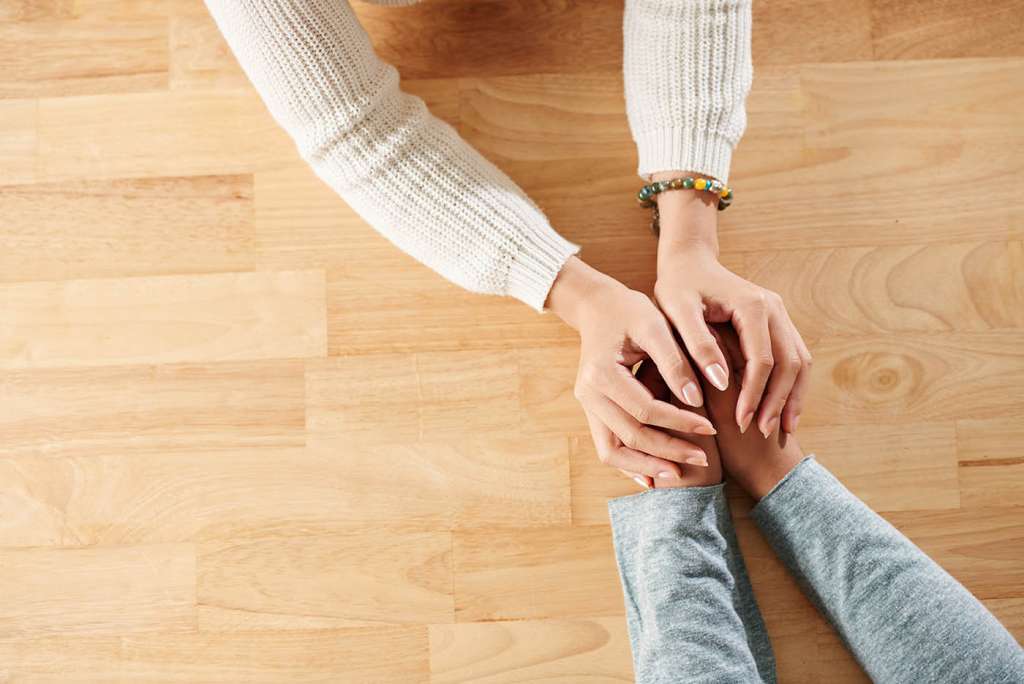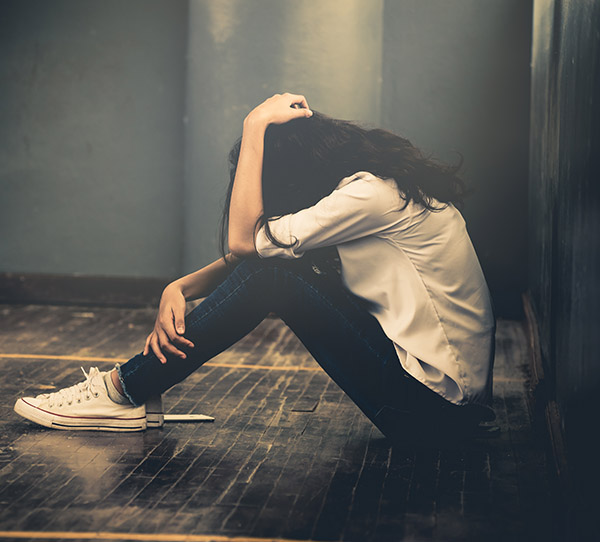A brief look at some of the unique challenges women face during incarceration
While the challenges of incarceration are significant for all individuals, women face distinct obstacles during their time behind bars that are often overlooked. The increasing rate of female incarceration has brought to light many of these gender-specific issues, which range from inadequate healthcare to the trauma of family separation. Understanding these challenges is crucial to creating reforms that address the unique needs of incarcerated women and support their successful reintegration into society.
1. Limited Access to Adequate Healthcare
Women in prison often receive inadequate healthcare, particularly when it comes to reproductive health and mental health services. Many women enter the prison system with a history of trauma, substance abuse, and chronic health conditions, yet the prison healthcare system is rarely equipped to meet their needs. Prenatal care, treatment for sexually transmitted infections, and gynecological services are often insufficient or unavailable, leaving many women vulnerable to worsening health conditions.
Pregnant women in particular face heightened risks. In some facilities, access to prenatal care is minimal, and reports of shackling during labor still persist, despite being banned in many states. Postpartum care is also lacking, which can lead to serious physical and emotional complications for new mothers.
2. Mental Health and Trauma
Many incarcerated women have a history of trauma, including physical or sexual abuse. According to the Bureau of Justice Statistics, more than half of women in state prisons report experiencing abuse before their incarceration. Incarceration can exacerbate these traumas, especially when compounded by poor mental health care. The prison environment itself, which often includes isolation, lack of privacy, and a punitive atmosphere, can trigger or worsen symptoms of PTSD, anxiety, and depression.
Mental health services in women’s prisons are often underfunded or inaccessible, leaving many women to struggle with untreated mental health conditions. Inadequate access to counseling or therapy further hinders their ability to heal from trauma and prepare for life after incarceration.

3. Separation from Children and Family
One of the most emotionally devastating aspects of incarceration for women is the separation from their children. The majority of incarcerated women are mothers, many of whom are the primary caregivers for their children. This separation can lead to lasting emotional and psychological damage for both the mother and the child, particularly when long-term foster care or adoption becomes a possibility.
Women in prison face significant barriers in maintaining relationships with their children, including strict visitation policies, long distances from their families, and limited communication opportunities. Programs that facilitate mother-child bonding, such as prison nurseries or family reunification initiatives, are not widely available, leaving many women to grapple with guilt and helplessness over their fractured families.
4. Substance Abuse and Addiction
Many women who enter the prison system do so with a history of substance abuse or addiction. In fact, the majority of women in prison have been incarcerated for drug-related offenses. However, the resources available for addiction treatment and rehabilitation within prison settings are often limited or ineffective. Women who struggle with addiction frequently do not receive the necessary treatment, making it harder for them to recover and reintegrate into society once released.
Without proper treatment and support, many women face an increased risk of relapse and recidivism after their release. Programs that address the root causes of addiction, particularly those intertwined with trauma, are critical to breaking the cycle of incarceration for women.

5. Vocational Training and Education
Educational and vocational programs are essential for preparing incarcerated individuals for life after prison, but these programs are often less available to women. Historically, vocational training in women’s prisons has been limited to stereotypically “feminine” jobs such as sewing or cosmetology, which offer fewer opportunities for stable employment post-release compared to the trades commonly taught in men’s prisons, like carpentry or welding.
Moreover, many incarcerated women lack access to higher education programs, which further limits their prospects upon release. Without access to meaningful educational or vocational training, women face greater difficulty in finding employment and achieving financial stability after their time in prison.
6. Stigma and Reentry Challenges
Upon release, women face numerous challenges in reentering society, compounded by the stigma of having been incarcerated. The societal judgment of formerly incarcerated women can be harsher than for men, especially when it comes to regaining custody of their children, securing employment, or finding stable housing. Women often face discrimination in hiring practices and are less likely to have access to the same reentry support networks that are available to men.
Furthermore, women of color, who are disproportionately represented in the prison population, often face additional layers of discrimination and systemic racism during their reentry process.
7. The Need for Gender-Responsive Reforms
To address these challenges, it’s essential to implement gender-responsive policies and reforms that take into account the unique experiences and needs of women in prison. This includes improving access to healthcare, particularly reproductive and mental health services, creating more family-friendly visitation policies, expanding addiction treatment programs, and offering education and vocational training that leads to sustainable employment.
Programs focused on rehabilitation rather than punishment can help women heal from the trauma they’ve experienced both inside and outside of prison. Additionally, efforts to reduce the number of women incarcerated for nonviolent, drug-related offenses through alternatives like diversion programs or drug courts can have a significant impact on reducing the female prison population.
Conclusion
The challenges that women face during incarceration are complex and multifaceted, but they are not insurmountable. By acknowledging and addressing these issues, society can better support incarcerated women in their journey toward healing and reintegration. Comprehensive reforms that focus on health, family, education, and rehabilitation are essential in ensuring that these women have the opportunity to rebuild their lives and contribute positively to their communities.

